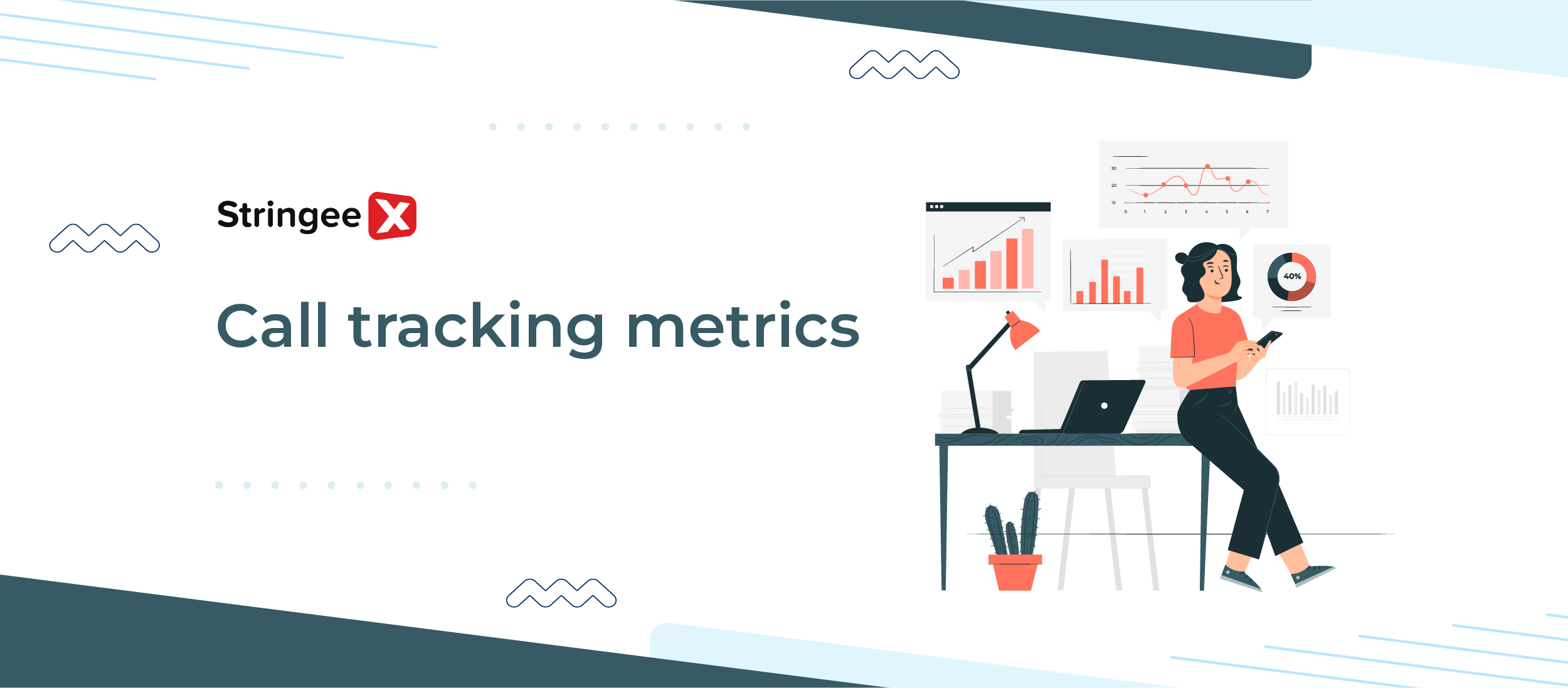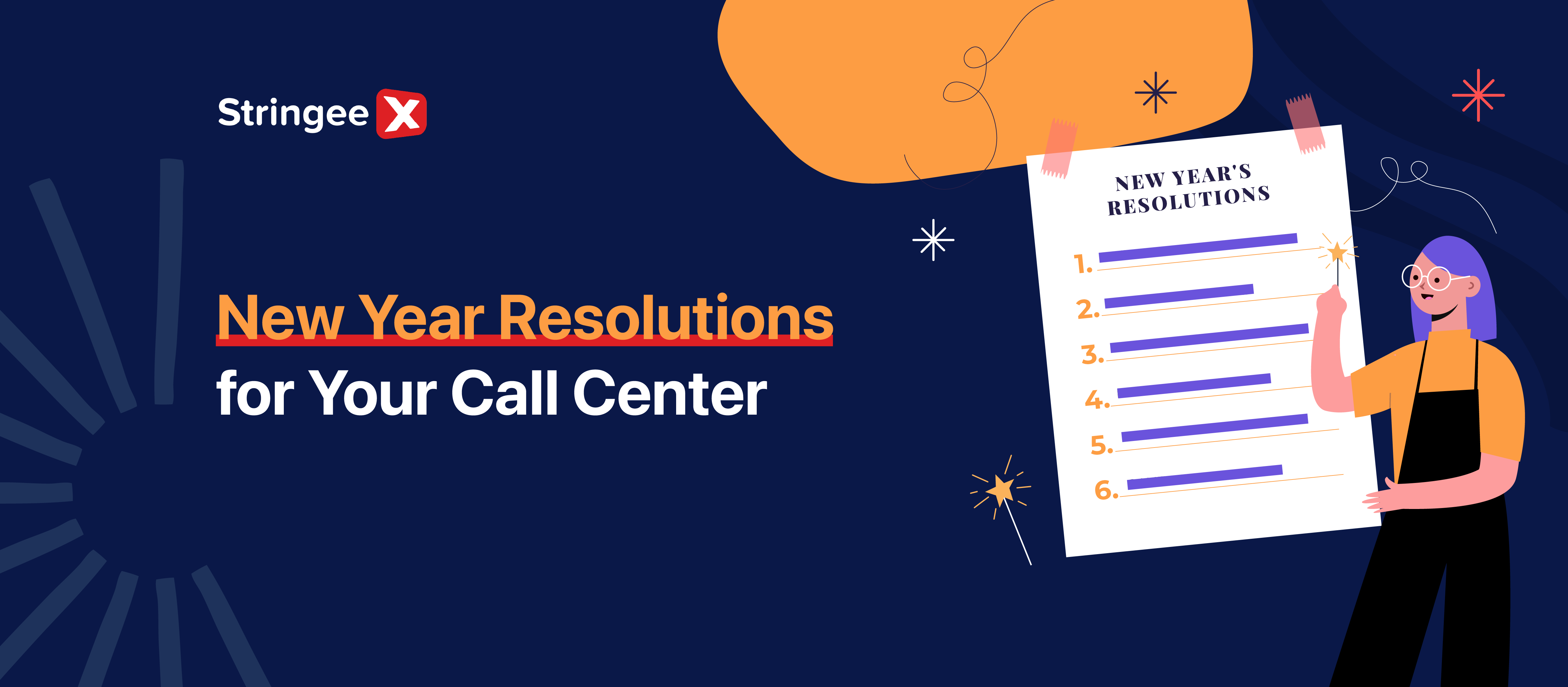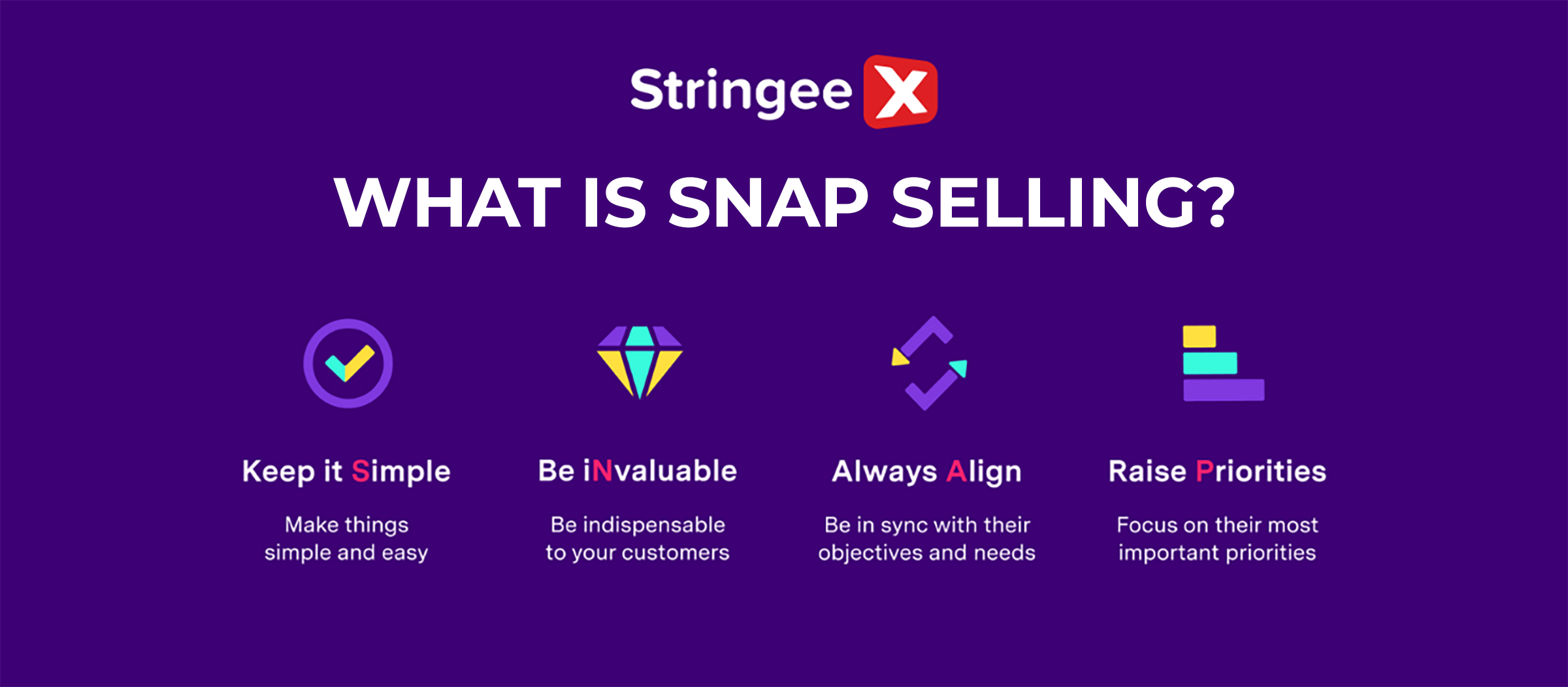Introduction
It's quite clear that one can't rely on just gut feelings to gauge how their call centre is performing; there's the need for transparent, quantifiable call tracking metrics! Our team has summarised a list of the most common metrics your business can leverage; keep reading to learn more.
What Are Call Tracking Metrics? Why Do They Matter?
Definition
They reflect whether the advertising/customer service via phone calls is effective (Source: Pexels).
Call tracking metrics are essentially data collected from phone calls that help businesses understand the performance of their marketing campaigns and customer interactions. Through their analysis, companies can measure whether their advertising/customer service is effective and identify areas for future improvement.
In simpler terms, these metrics help track phone calls to see what's working and what's not.
Why They Matter
It's not exaggerating to say call tracking metrics offer the clearest overview view of your business health.
They reveal customer preferences and pain points via frequently asked questions, potential issues, average handle time, and even the language customers often use to describe their experiences. All this invaluable information paves the way for better product development and customer support that resonates with the target audience.
Furthermore, once identifiable metrics have been tracked, businesses will find it easier to attribute their sales and revenue to specific marketing channels - now that they understand which campaigns generate the highest volume and quality of calls. As a result, future marketing efforts will remain focused on channels that deliver the most valuable leads and conversions.
Customer satisfaction and experience aside, agent/rep performances are also considered. Call tracking provides granular data on their productivity (e.g., call duration, talk time, conversion rates, call disposition, etc.) so your sales team can identify top performers or coach those who need more practice.
8 Important Call Tracking Metrics For Your Campaign
1. Call Volume
Call volume refers to the total number of calls received over a specific period. As the most basic (yet essential) metric, it can be measured hourly, daily, weekly, monthly, or even yearly to pinpoint peak call times. From there, your business can then determine the optimal number of staff required to handle incoming calls efficiently.
The rule is simple: call tracking systems record every incoming call. This data is then aggregated to provide insights into call volume trends. For instance, the call volume might be higher on Mondays, lower on weekends, or spike during specific times of the day.
Example: A customer service department for an online retailer receives 500 calls on Monday, 350 calls on Tuesday, and 620 calls on Wednesday.
2. Call Source
Next on our list of metrics is the Call source, which identifies the specific marketing channel or campaign that generated a particular phone call. It helps you understand where your most valuable calls are coming from.
Specifically, call-tracking software assigns unique phone numbers to different marketing channels. When a potential customer calls one of these numbers, the system records that number and associates it with the corresponding channel.
Example: Let's say you're running a marketing campaign with three channels: Google Ads, Facebook Ads, and your website. You assign a unique phone number to each channel.
- A customer sees your Google Ad, clicks it, and calls the number listed there.
- Another customer sees your Facebook Ad and calls the corresponding number.
- A third customer finds your website and calls the number listed on your contact page.
The call-tracking system will record these calls and attribute them to their respective sources: Google Ads, Facebook Ads, and Website.
3. Call Duration
Too-long durations often indicate agents need additional training (Source: Pexels).
Call duration is the total length of a phone call (measured in seconds or minutes) that indicates the time spent between the call being answered and disconnected.
Simply put, call tracking software automatically records the start and end times of each call; the difference between these times gives you the call duration. Too-long durations often indicate agents need additional training (or that processes need to be streamlined), while extremely short ones might suggest that issues weren't properly resolved.
Example: Suppose a customer service call lasts 3 minutes and 20 seconds. The call duration for that interaction would be recorded as 200 seconds.
4. Call Time
This metric refers to the exact time a phone call was initiated or received, typically expressed in a standard time format like HH:MM:SS (hour, minute, second). Combined with other metrics like call volume, it helps your business determine when the contact centre receives the most outbound calls and optimise staffing accordingly.
Example: If a customer calls your business at 3:15 PM, the call time will be recorded as 15:15:00.
5. Call Location
Your team might want to identify the geographical location from where a phone call originates; that's the purpose of the Call location metric. It can be as specific as a city, state, or even a zip code.
The call-tracking software often uses various methods to determine call location, including IP address (the internet protocol address of the caller's device), caller ID, or geographic numbering plan (GNP). You can then leverage this data to identify customer demographics and target those areas with relevant, local-based marketing campaigns.
Example: A customer calls from a phone number with the zip code 10001. The call tracking system records that call location as New York City.
6. Interaction Before The Call
Would you like to know more about the customer journey (or the actions a customer takes) before contacting your business via phone? In that case, measuring this metric is a must. The tracking software will likely integrate with other marketing tools to capture customer online behaviour data.
Example: A potential customer visits your company's website and downloads a product brochure before calling the company for more information. The tracking system will record that visit and brochure download to reveal a clearer customer journey.
7. Landing Page Performance
To clarify, landing page performance measures the effectiveness of a specific webpage designed to convert visitors into essential leads or customers. Analytic call tracking is just one part of it, providing data on the number of calls with customers generated from that landing page.
Example: Let's say your landing page is promoting a new product.
You use call tracking to measure the number of calls generated, and you find that 5% of visitors call after landing on the page. Additionally, the conversion rate for form submissions is 10%. This analysis suggests that the landing page is quite effective in generating both calls and marketing leads.
8. First-time Caller Information
This one is self-explanatory; it collects data about customers who are contacting your business for the first time to help identify new phone leads.
The tracking system compares incoming phone numbers to a database of previous callers; if a number is new to the system, it is classified as a first-time caller. Further contact information about that caller (such as name, contact details, and call reason) can also be collected and stored.
Do You Need A Dedicated Call-Tracking App?
StringeeX is one of the top omnichannel solutions (Source: StringeeX).
From our research, investing in an app that can only track business phone calls (and nothing else) is quite a huge waste. A better alternative is to subscribe or purchase a comprehensive virtual call centre that can handle making, tracking, recording, and measuring calls all at once!
That's where StringeeX comes in. As a top omnichannel solution, StringeeX allows your agents to reach customers through various channels from a single interface. Simply put, whether you're contacting that customer via Facebook, Instagram, or email, it's easy to do it all from one StringeeX dashboard without switching platforms.
Most importantly, the centre provides important tracking metrics and call logs to help you immediately measure the call's outcome. This results in a clear, transparent overview of the customer's profile and the agent's performance in that particular phone conversation.
Conclusion
It's impossible to steer a company's success without something to measure it by. We hope our list of 8 important call tracking metrics helps you create a clearer plan for the future! And if you're looking for a powerful tool for performance tracking, click here to explore what StringeeX has to offer.










